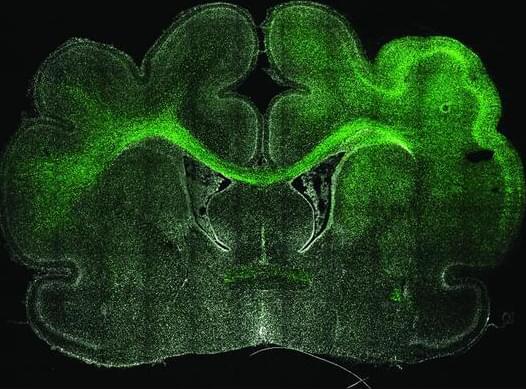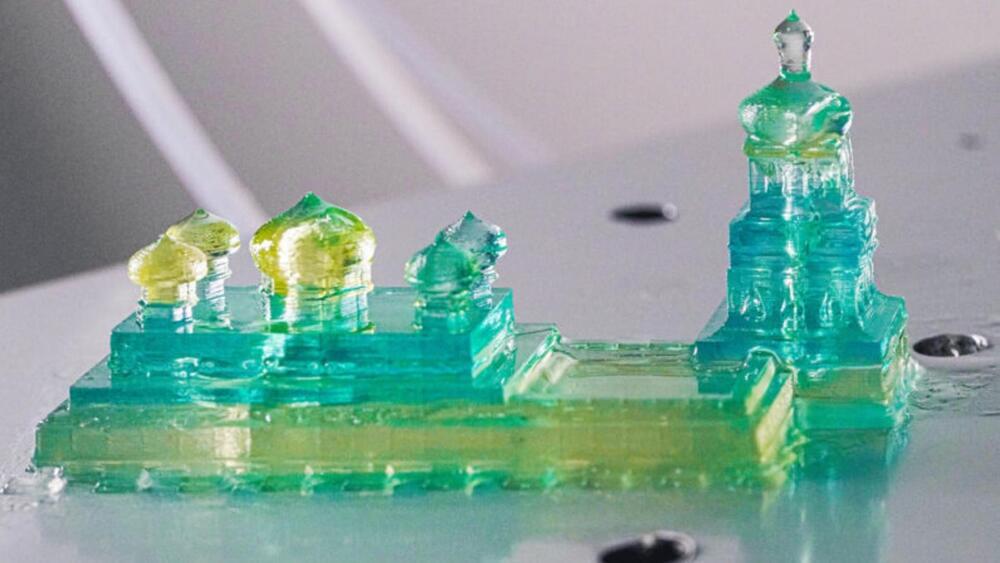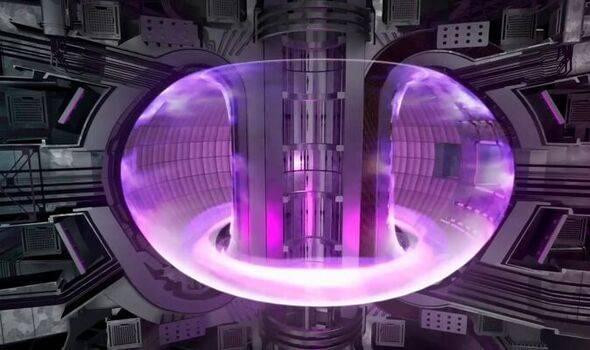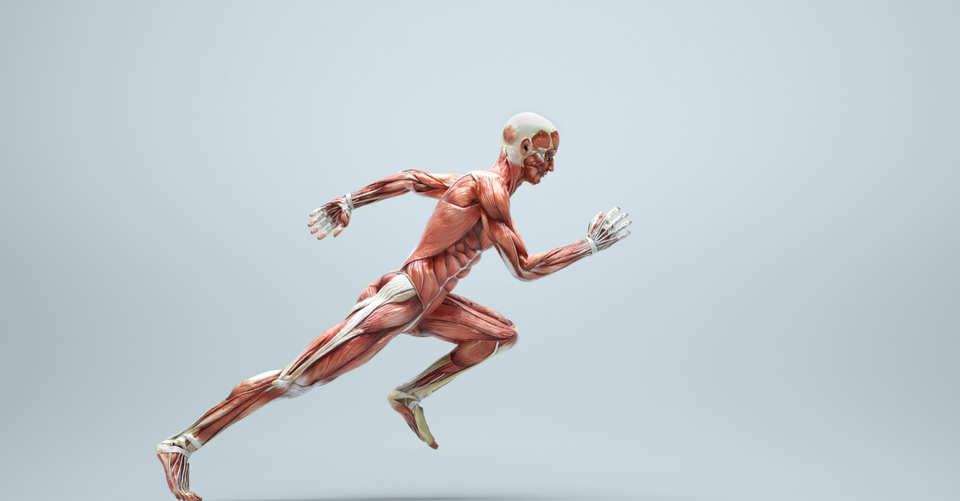What does this mean for the field of robotics?
Some inventions are so strange they simply cannot help but catch the eye. Such is the case with David Bowen’s plant machete, first reported by designboom.
Robotics have come a long way as this project of an arm being controlled by the electric noises produced by a plant. Could this application be scaled up to allow for brain-controlled movement?






